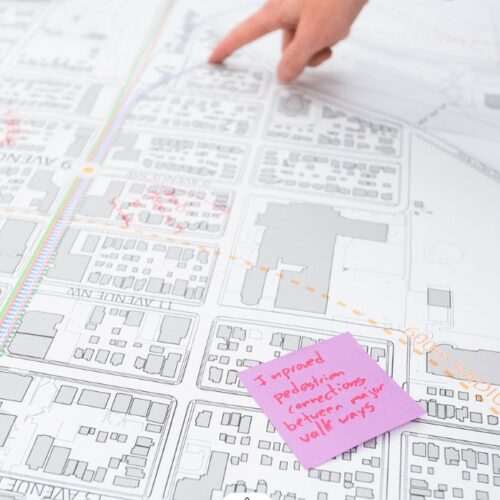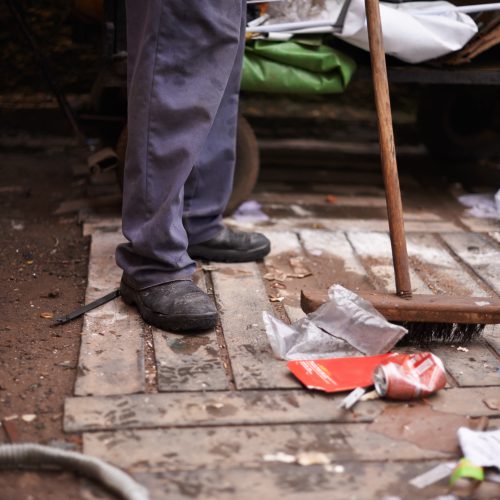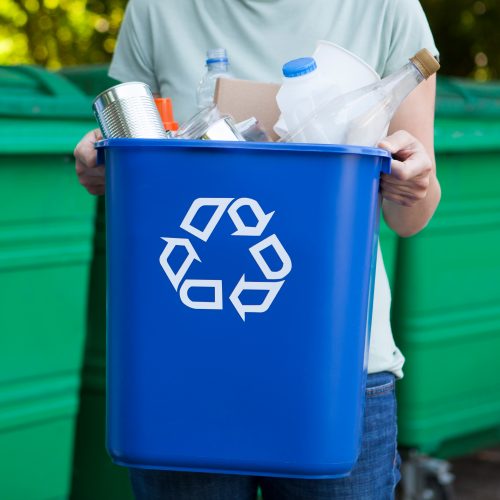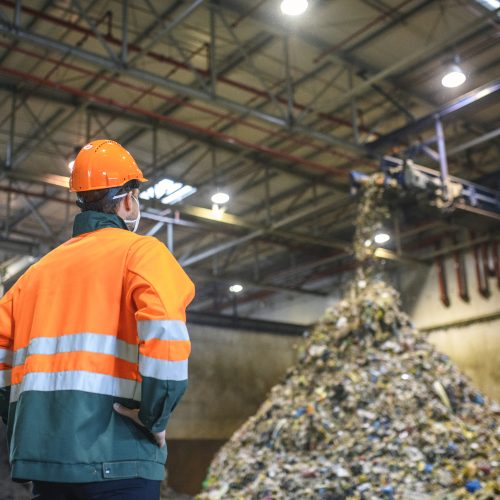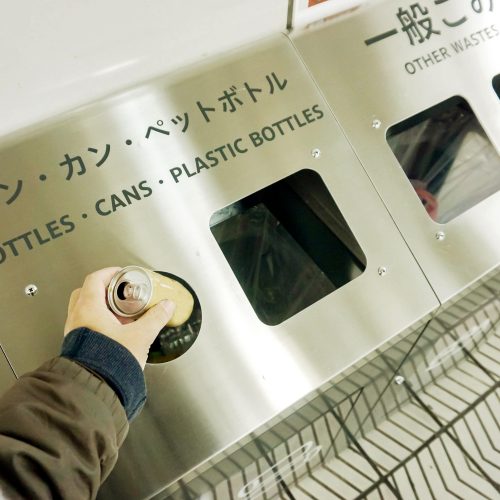The first stage of solid waste management is to ensure adequate collection and disposal, which if not handled properly, will not only harm the environment and public health, but also degrade public spaces and further accentuate climate risks. Following the introduction of adequate collection and disposal, waste management policies should seek to reduce landfilling, promote value extraction, resource efficiency and a circular economy. This can be realised by moving up the so-called waste hierarchy - through energy recovery, recycling, reuse and finally the reduction of the waste generated.
For the first stage, cities may need to upgrade their waste collection services and landfilling facilities while closing down informal or contaminating dumpsites. In addition to investment, a good starting point is to develop a waste strategy and an action plan at the city level, as well as build adequate capacity and know-how within the city administration to plan, operate, procure and monitor related activities. Also, given that waste management often comprises 20-50 per cent of municipal budgets, a sustainable and predictable financial framework must be in place, funded partly or fully from service fees collected from end-users.
Following the introduction of adequate waste collection and disposal, efforts to extract value from waste should be initiated. During this second stage, there are a few principles worth keeping in mind:
First, the income generated from value extraction activities such as sorting and selling recyclables will typically not be sufficient to cover all the investments and operating costs. Therefore, realistic financial models and funding sources should be identified before more advanced forms of waste treatment approaches are pursued.
Second, investment in certain treatment facilities may impede the development of recycling and other green solutions. For instance, waste-to-energy plants usually require a substantial amount of high calorific waste, such as paper and plastic, to generate the expected energy output. As a result, recycling such waste may have to give way to energy recovery to ensure the waste supply to incinerators.
Third, ensuring adequate buy-in from and coordination among end-users and the private sector should not be underestimated. This becomes even more important when moving up the waste hierarchy. For example, close cooperation with citizens and the private sector can help introduce schemes to encourage sharing and reuse of products. Also, informational and attitude campaigns targeted at households and businesses can be implemented in parallel to investments and regulatory changes.
Fourth, the waste sector is complex with multiple stakeholders and many regulatory requirements. The stakeholders include national and local authorities, operators, private suppliers and a range of commercial and non-commercial end-users. The regulatory landscape includes regulations related to land use, air, soil and water pollution. Due to the complexity, changes should be introduced gradually, without oversized interventions, and in line with the administrative capacity and the public’s support. Sometimes, pilots can be used to test out and explore the acceptance of new approaches within the sector.
Finally, concerns regarding informal waste collectors and recyclers may also need to be addressed. Multiple approaches can help recognise and formalise informal waste services, which in turn can help reduce negative environmental impacts and create economic opportunities for marginalised groups.
The policy instruments and case studies presented in this section are relevant to the issues presented above.








